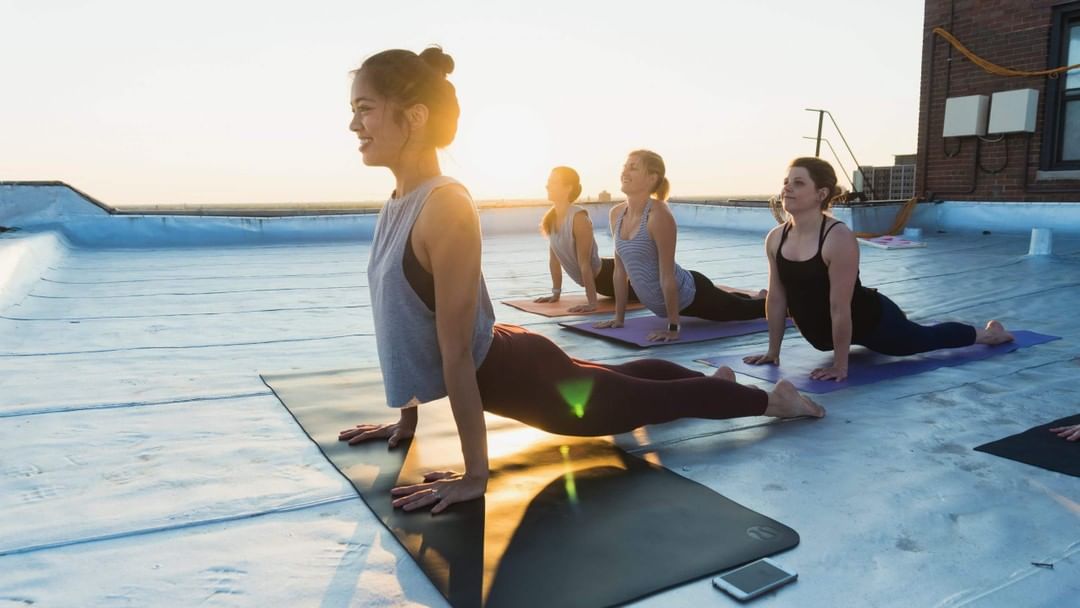Morning yoga poses
I often recommend starting the day with a short yoga session to awaken the mind and make the body more flexible. My friends sometimes make fun of me, but I haven't found a better way to start a day yet!
The fact is that this morning yoga routine wakes me up better than the strongest espresso, and some of the postures we will be seeing together help me clear my mind to start my day in the best possible way.
Starting the day off on the right foot makes a big difference in terms of energy and concentration.
We've already seen the sun salutation sequence, which offers a great morning "scrub", but you might want a little variety.
In the sequence we are going to see, some asanas are designed to stretch, others to relax and stimulate circulation. But these are not the only benefits of this routine, your digestion (abdominal muscle work and organ massage) and blood pressure may also thank you for taking this morning moment!
1/ APANASANA
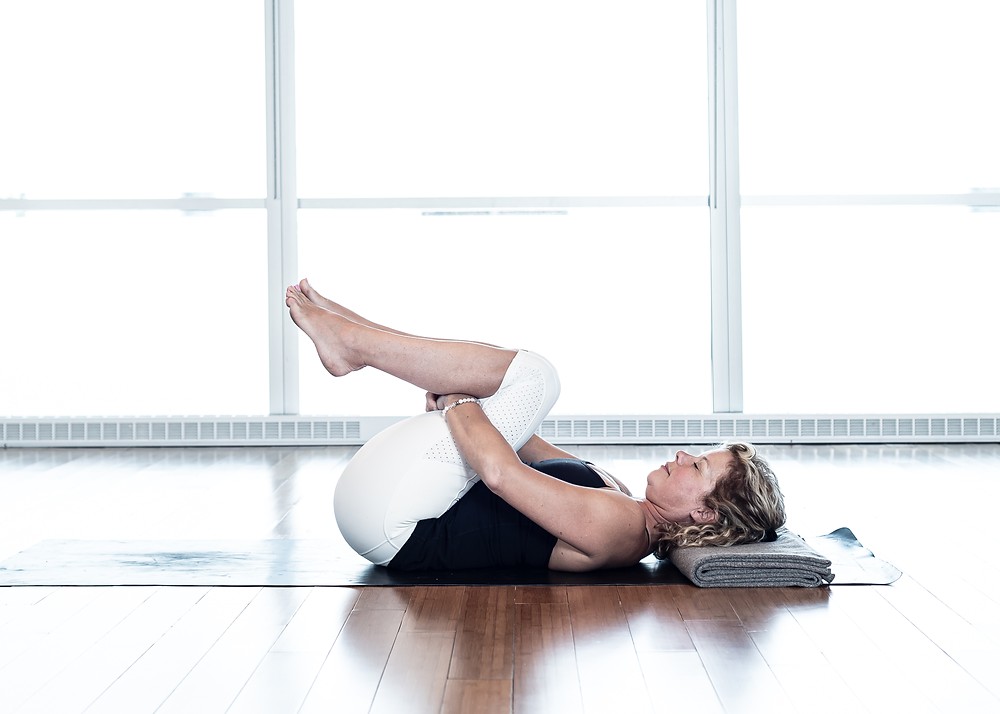
The apanasana is a posture that you can even do in bed when you wake up!
This movement helps to stretch the spine and shoulders, while providing a small massage of the organs. It is ideal for relieving back pain, improving digestion and increasing hip mobility.
To realize it :
- Lie on your back and bend your legs to bring your knees against your chest. Move your knees as far apart as possible.
- Place your arms around your bent legs.
- Roll from one side to the other, repeating several times and taking advantage of this gentle rocking motion for a gentle awakening.
2/ SUKHASANA
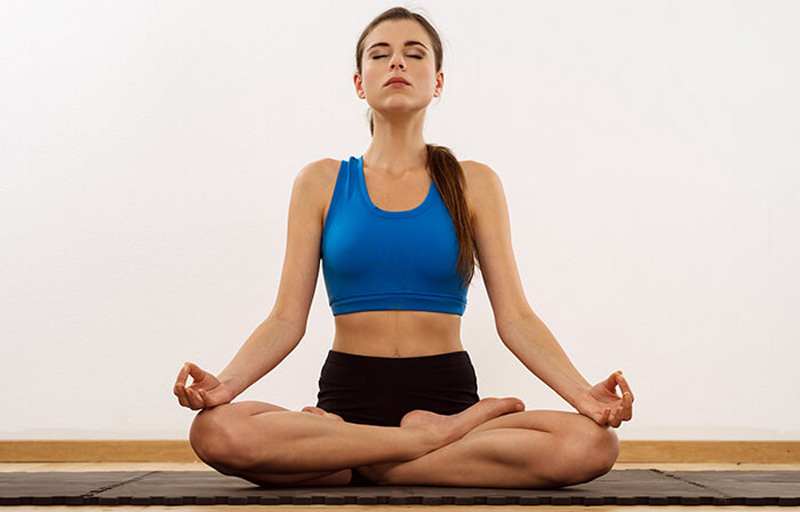
Don't trust his name! If you speak Sanskrit, you probably know that sukhasana means "easy/good posture". In reality, this posture is difficult to maintain over time, especially because you don't always have the right mobility in your hips.
Hero's postureThis meditation posture helps to properly lengthen and stretch the spine while providing a sense of inner calm, ideal for preparing for the hustle and bustle and stress of the day ahead.
To realize it :
- Put your buttocks on the carpet, cross-legged in a suit.
- Rest your hands on your knees and stretch out your back.
- Open your shoulders by raising them on inspiration, then release them backwards and down on exhalation.
- Feel how your body opens naturally, how your jaws relax and your abs engage.
PRANAYAMA
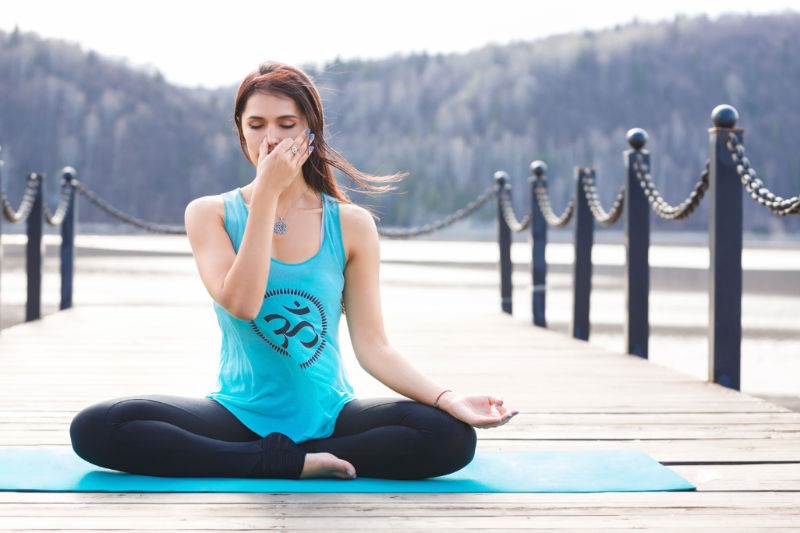
Yogic breathing techniques (pranayama) are very useful to clear the mind and bring back one's attention to breathing.
This ultimately helps you to concentrate better.
It is said that there is a link between emotions and breathing, here are some of the best pranayama techniques:
• Breathing 1:1: for 5 minutes, try to take three second breaths in and three second breaths out. Gradually increase in 5s/5s. Just make sure the breathing is comfortable and not forced or painful.
• To calm down: breathe out longer and breathe in less. For example, you can take your exhalations over 6s for 3s of inspiration.
• Nadi Sodhana: this is the alternating breath of the nostrils, it helps to clear any blockages in the energy channels of your body, to calm the mind and to release any tension or repressed stress.
Let's take a closer look at this last technique. It is said that the body is composed of two "energetic rivers" (Nadi): the right side, called the solar side, is the one that energizes us, while the left side, called the lunar side, soothes us. By alternating the breathing of the two nostrils, we allow a harmony between the two rivers.
To realize it :
- place your index and middle fingers in the palm, then place your right hand so that your right thumb is at the level of the right nostril, and your right ring finger on the left nostril.
- close the left nostril to breathe only with the right nostril for 3 deep breaths.
- Do the same by plugging the right nostril with your thumb and take 3 deep breaths with the left nostril.
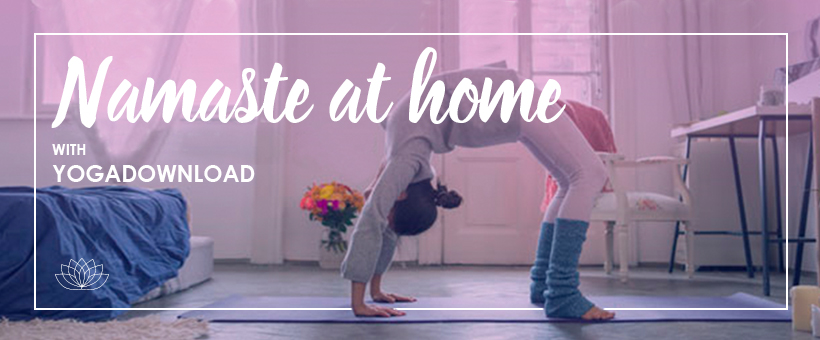
4/ TADASANA
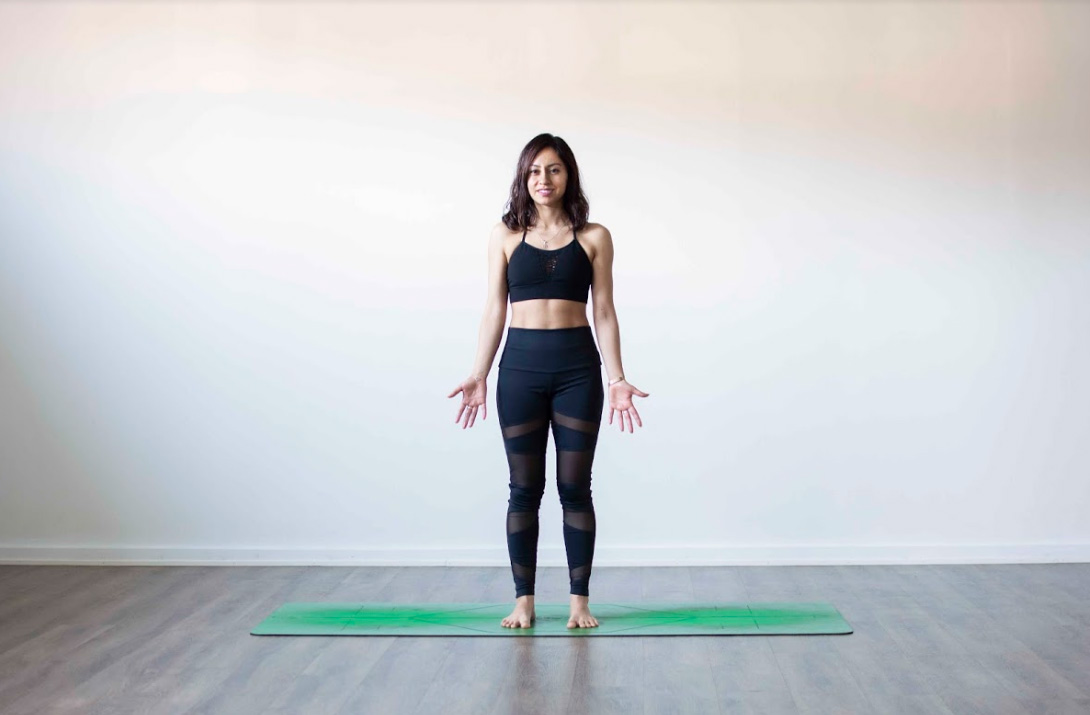
Like the yogic breathing we have just seen, tadasana is a posture that helps to concentrate and prepare the body for other asanas. It is said to be a rooting posture in which one becomes aware of every part of the body.
To realize it :
- Standing with your feet spread out the width of the pool, imagine your feet rooting on the mat and in the ground, pushing well on the points of contact. Your knees are flexible and your legs are active.
- You are now a mountain, with a very stable foundation and a summit (your skull) that rises to the maximum, the spine is well stretched.
- Your shoulders are relaxed, away from your ears. Your abdominal strap is well engaged. No tension in the buttocks. The arms are aligned along the body.
- Breathe deeply, keeping your chin parallel to the ground throughout the pose. Feel all parts of the body.
5/ CHAKRAVAKASANA
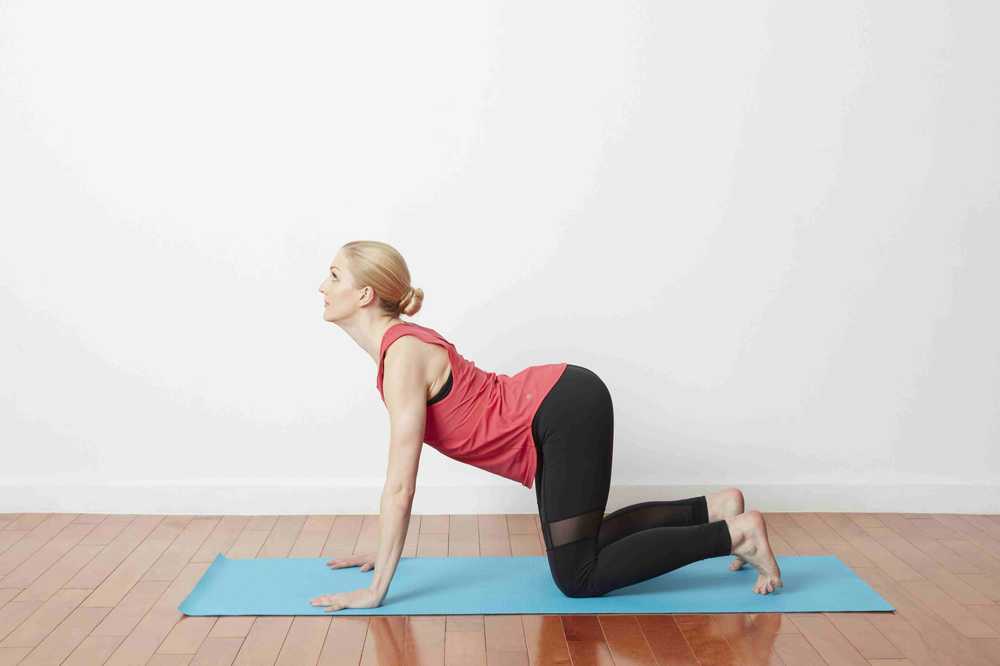
The posture of the cat or cow is a small sequence that consists in linking two postures: round back, hollow back.
It is an excellent posture if you suffer from lumbar pain because it softens and strengthens the back while warming up the spine (ideal in the morning).
This sequence also massages the digestive organs, tones the abdominal muscles and relaxes the mind.
To realize it :
- we begin the movement by the posture of the table, knees and fingers on the ground (the fingers are spread out a maximum and anchored in the carpet), wrists at the level of the shoulders, knees at the level of the hips, separated by the width of the pelvis. The nape of the neck is well extended.
- Push back the floor with your feet and hands, engage the abs and rock the pelvis backwards a little.
- From there and by breathing in, dig the back to mount the coccyx and the top of the skull to take the cow's posture.
- Then on exhalation, one rolls from the coccyx to round the back to the top of the skull, like a cat.
- When exhaling, turn the back with the chin and pelvis tucked in to be in the cat position.
- Then repeat.
6/ ADHO MUKHA SVANASANA
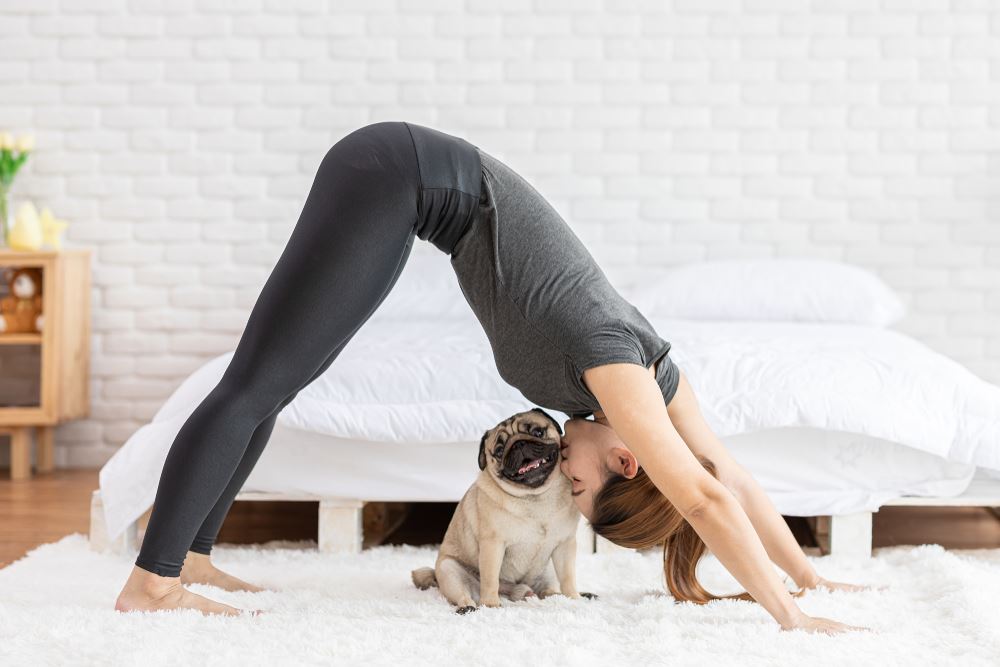
You probably know the posture of the dog upside down, at least by name!
In Sanskrit, Adho Mukha means face down and Svana means the dog. This posture is ideal to give an excellent stretch to the spine. The upside down dog is a pillar of any good yoga sequence, this pose is both soothing and energizing.
To realize it :
- Begin by getting into the child's posture so that you have the correct hand and foot spacing for the upside down dog that is about to follow.
- From there, move the pins (pointed bones of the buttocks) up to the sky and bring the backs of the knees to the back of the room. Remember to anchor the palms of your hands firmly to the floor with your index fingers parallel. The elbows are towards the knees (your shoulders will be in the back position) and the arms are outstretched.
- If possible, rest your heels on the floor (according to your flexibility). You can alternately bend one knee, then the other.
- the head is relaxed and you remember to breathe well throughout the movement.
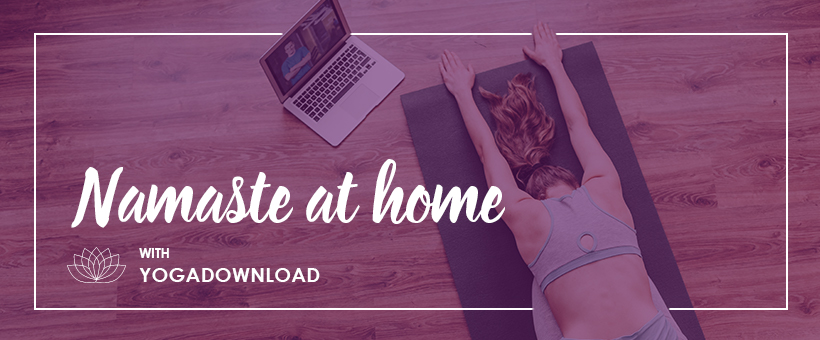
7/ KUMBHAKASANA
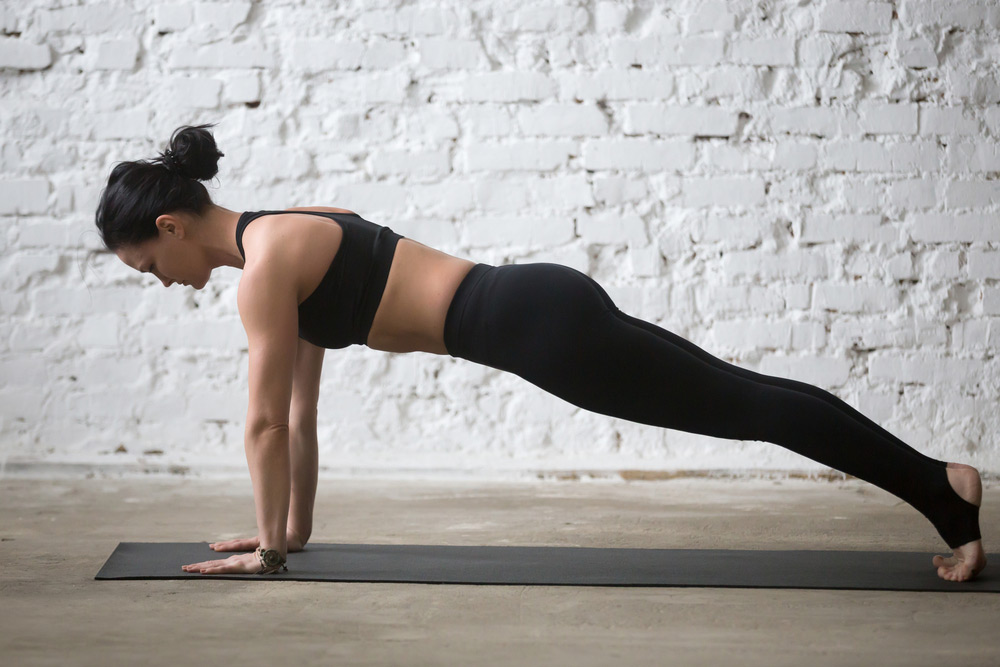
It is a simple and static posture that strengthens not only the abdominal strap, but more broadly all the muscles of the body. I say a priori because it is very easy to lose the alignment of your board! The board is an essential component of many yoga sequences (including the sun salutation), so it is essential to master it.
To realize it :
- Start on all four legs (in table position) with palms firmly planted on the floor and shoulder level. Knees underneath directly below the hips.
- Stretch one by one the legs backwards, the feet are spread out to the width of the pelvis (or tighter for a better sheathing). Stretch well with the top of the skull forward and the heels backward. The spine is well aligned with the nape of the neck.
- Keep your abdominal muscles engaged, your body should form a straight line from the ankles to the head.
- Hold this posture for 15 to 30 seconds, then release the pose by dropping your knees on the floor when exhaling.
- Repeat this board posture 5 times.
8/ VASISTHASANA
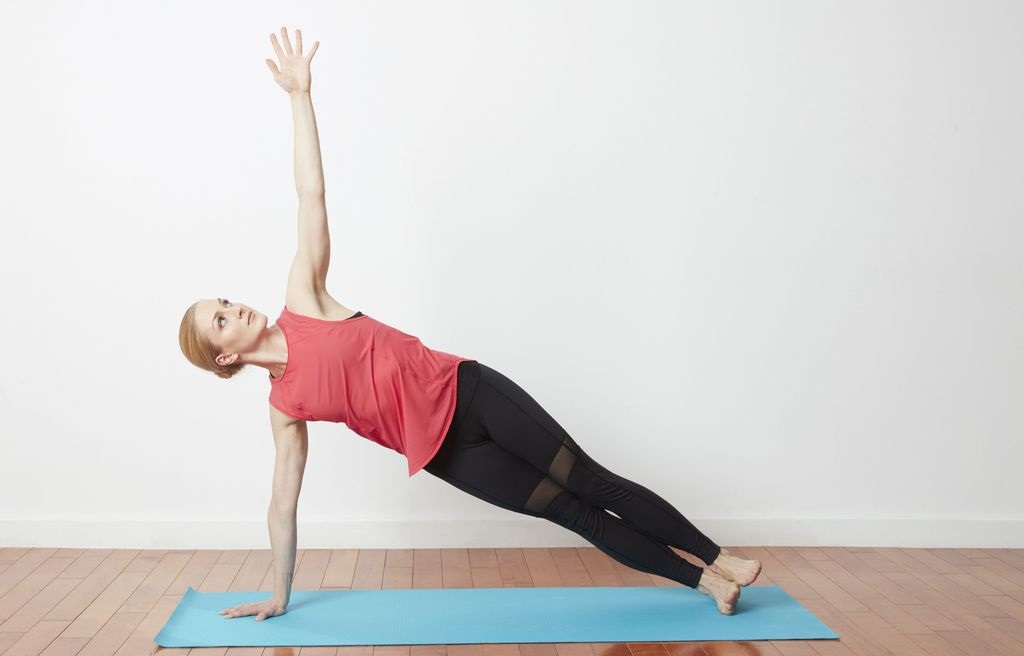
On the throw of the cladding board seen previously, here is the board on the side.
To realize it :
- You are (normally) initially in dog head down, a posture from which you will switch to classic boarding (as we have just seen).
- Now tilt your body weight so that you pass over the edge of your left foot.
- Let your left foot stack up on the right foot. The left shoulder is in line with the wrist of the left hand on the ground. Your right arm comes open towards the ceiling.
- Remember to engage your thigh muscles and press your hand and foot into the floor while you lift your hips slightly.
- Repeat on the other side.
9/ SHAVASANA
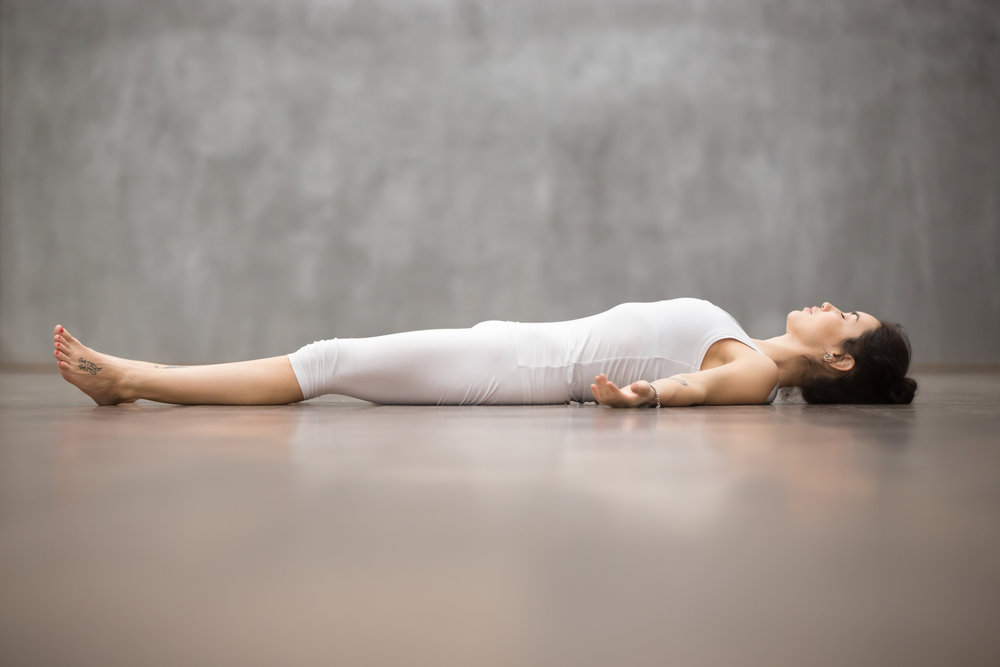
Each yoga class traditionally ends with the shavasana (shava = corpse), a posture in which one lies on one's back, motionless, for some time. Without it, you don't have the same feeling of fullness at the end of the class, so it is very important!
This posture is designed to relax, relieve anxiety, lower your blood pressure and relax the nervous system (by activating the parasympathetic nervous system). This is the ultimate experience of letting go, so don't skip this last posture.
To realize it :
- Simply lie on your back, one leg at each end of the mat, ankles falling outward, arms at the side of your body, palms facing up or down.
- Close your eyes (without falling asleep) and concentrate on each part of your body, one by one, while relaxing (this is called a body scan). Start with your feet and toes and finish with your head.


